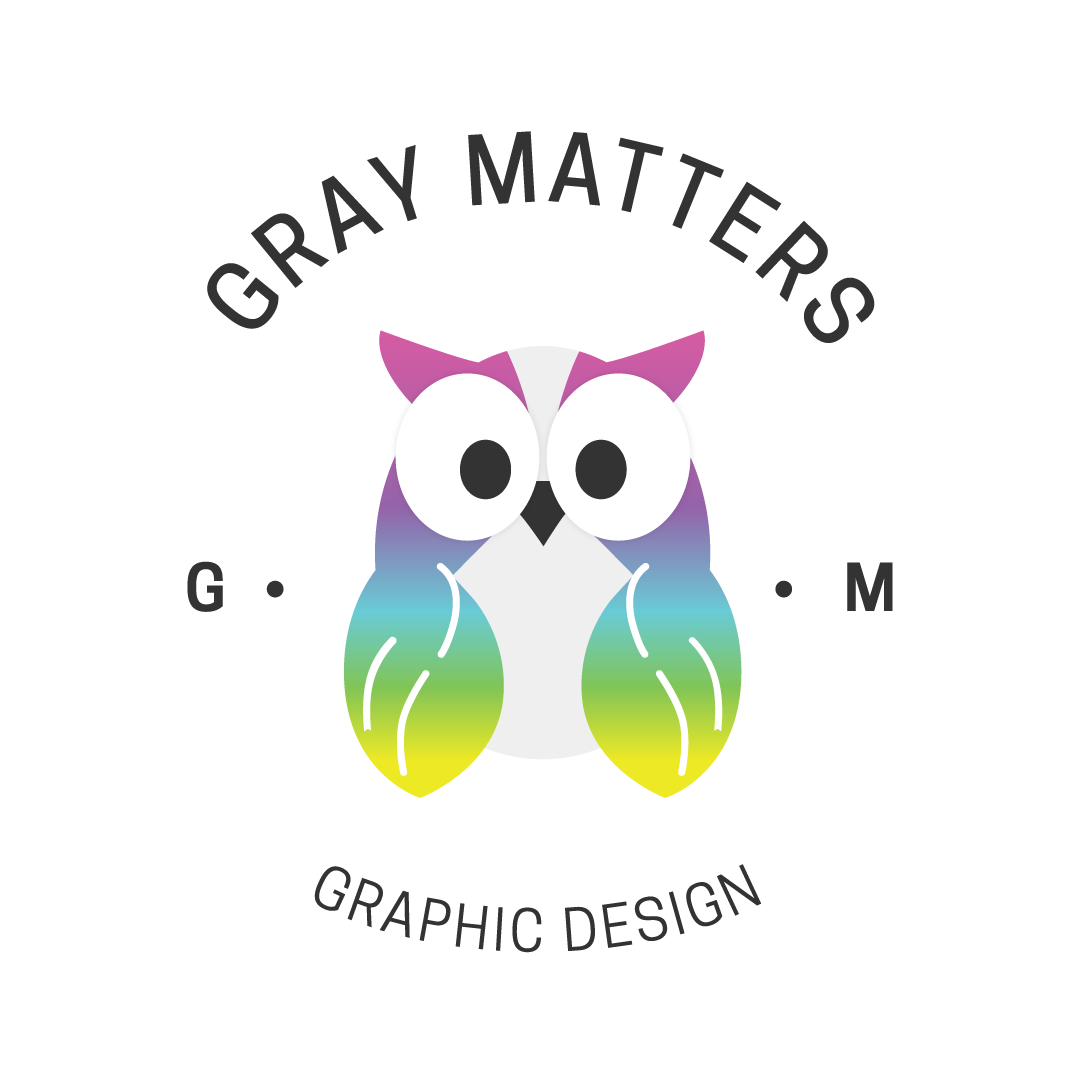Collaborating with a graphic designer is key to turning your vision into reality, but providing clear, actionable feedback is crucial to ensuring smooth communication. Here’s a guide to help you work effectively with your designer and get the best results:
1. Be Specific with Your Feedback
Instead of saying, “I don’t like it,” explain why you don’t like it. Focus on specific elements like color, typography, or layout. For example, “The blue feels too cold; can we try a warmer tone?” helps your designer make precise adjustments.
2. Reference Examples
Provide visual references to help explain your preferences. These could be examples from other brands or designs you like, or even inspiration from different industries. This gives the designer a clear direction and avoids miscommunication.
3. Think About Your Audience
When offering feedback, consider your target audience. Ask yourself, “Will this design resonate with my customers?” By focusing on how the design aligns with your audience’s preferences, you can guide the designer to create something that’s effective and appealing.
4. Ask Questions
If you don’t understand why a design choice was made, ask! Designers have technical knowledge and may make certain decisions for a reason you hadn’t considered. Opening up dialogue about why they chose specific fonts, layouts, or colors can help you make more informed decisions.
5. Prioritize Changes
If you’re overwhelmed with what to change, start by identifying the most important elements that need attention first. Let the designer know your top priorities so they can focus on those aspects and avoid endless revisions.
6. Give Timely Feedback
Providing feedback promptly keeps the project on track. Delayed responses or vague directions can slow down the process and lead to frustration on both sides.
7. Stay Open to Suggestions
You hired a designer for their expertise, so be open to their creative input. While you know your business best, designers bring a visual perspective that can enhance your brand’s message. Collaboration should be a two-way street.
8. Focus on the Big Picture
Avoid getting bogged down by small details too early in the process. At the draft stage, focus on whether the design captures the right tone and overall feel. Fine-tuning can happen in later rounds once the direction is established.
9. Be Honest but Respectful
Constructive criticism is essential, but it’s important to stay respectful. Rather than criticizing the designer personally, focus on the work and how it can be improved. Phrases like, “This isn’t quite capturing what I imagined; let’s explore another direction,” are constructive without being negative.
10. Use Visual Terminology
If possible, use design-related terms to articulate your feedback more effectively. Terms like “contrast,” “hierarchy,” and “negative space” help your designer understand what you mean without ambiguity. If you’re unfamiliar with the terms, don’t be afraid to ask for clarification.
By following these guidelines, you’ll ensure a smooth collaboration with your designer and increase the chances of getting the perfect final product. Clear, actionable feedback leads to fewer revisions, a more efficient process, and a design that meets both your needs and your designer’s vision.
